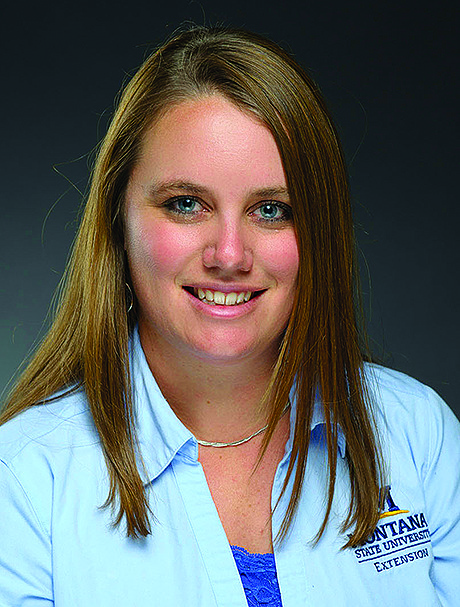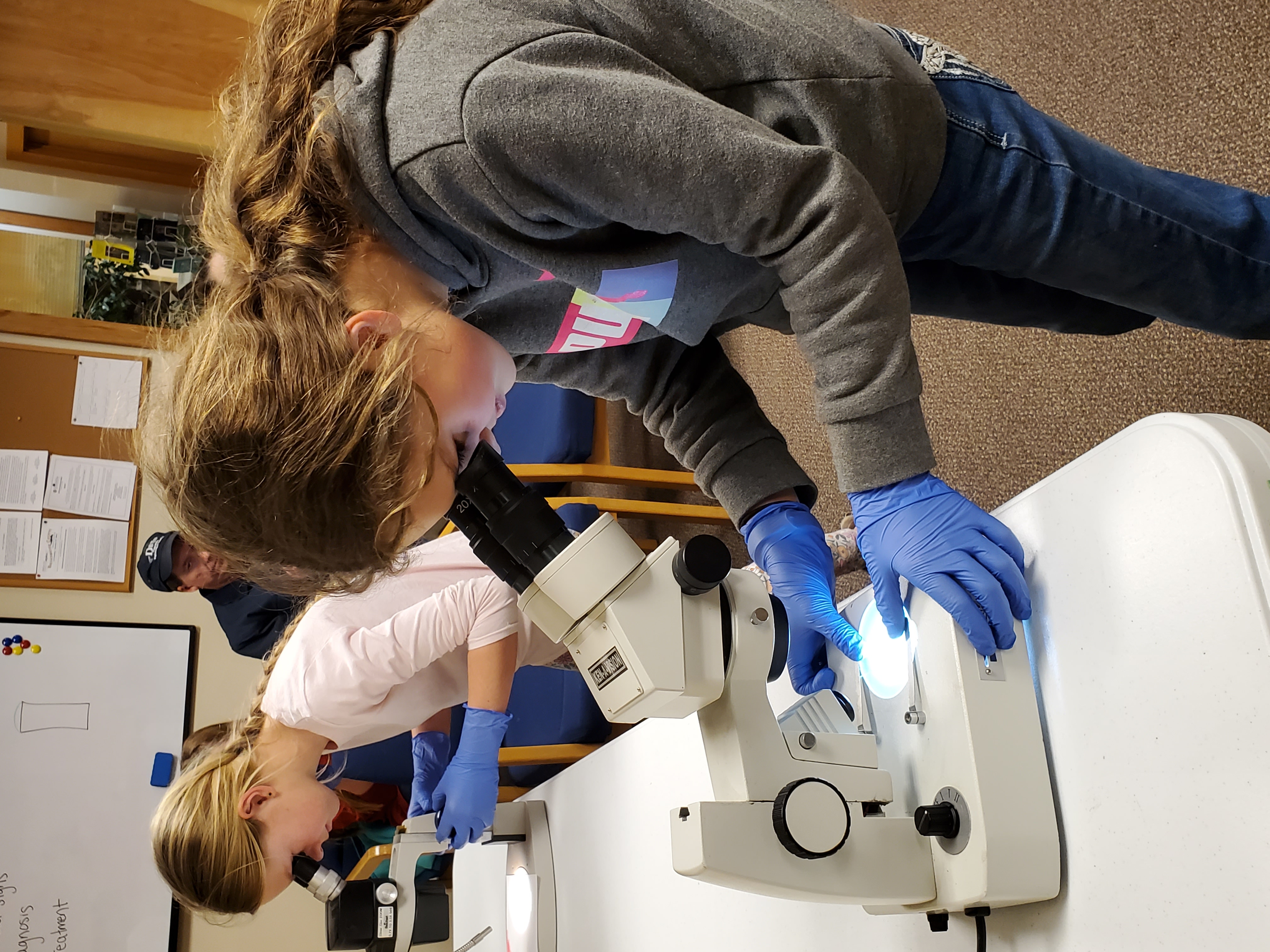4-H: More than Cows and Cooking
 | Author:
Allison Kosto, MSU Broadwater County Extension Agent
MSU Broadwater County Extension Agent |
4-H: More than Cows and Cooking
Allison Kosto
MSU Broadwater County Extension Agent
In honor of National 4-H Week and the start of the 4-H year, it is only fitting to dedicate this article to 4-H. In 2012, Montana 4-H celebrated its centennial, and the program has come a long way in 109 years. The state of Ohio holds the claim as the birthplace of 4-H, beginning in 1902 with two clubs, “The Tomato Club” and the “Corn Growing Club”. These clubs began as a result of college professors attempting to bring new agricultural information to farmers and their wives. This was often not successful, but the professors realized that youth were more willing to learn new information. As a result, they began to work with schools to form clubs to promote and test new agricultural research.
A big change in the structure of 4-H happened in 1914 with the passage of the Smith-Lever Act which created the Cooperative Extension System (CES) at USDA. This effectively nationalized the 4-H program. CES is a partnership between USDA, land-grant universities and county government to bring research-based information from the university system to local citizens. During the early years, 4-H was focused on agriculture and home economics. Boys exhibited corn and garden projects and had livestock judging contests. Girl’s clubs taught sewing, canning and gardening. With the creation of CES, the organization of 4-H Clubs moved from schools to county Extension Agents and local leaders.
In Montana, 4-H formally began in 1912 but really gained speed when Montana’s CES hired Augusta Evans to organize the state 4-H clubs in 1914. Initially in Montana, almost all 4-H members were boys and they focused on corn, peas, potatoes, beef and sheep. Early girl’s clubs focused on corset making. By 1930, girls enrollment exceeded boys and the program reached over 20,000 youth across the state.
The first recorded club in Broadwater County was in 1935 and was a boys club called the 4-H Hustlers. Some of the early members were Douglas Christie, Charles Mitchell and Donald Shearer. Soon after, members who lived in the Crow Creek Valley organized their own club, because it was difficult for them to attend meetings in Townsend. They were called the Crow Creek Boosters. Original members completed beef projects and planted crested wheatgrass.
During these early years of the 4-H program, a majority of Americans lived in rural areas and there was a need to educate youth and adults in agriculture and home economics. These were considered life skills for the times. Today, 4-H still has a mission to help youth learn life skills. However, the view of life skills has changed. Life skills mean leadership, communication, problem-solving, responsibility, decision-making, teamwork and much more. These are skills youth will use in life, no matter their career path.
Additionally, 4-H has recognized changes in society and has moved beyond a focus on agriculture. The National 4-H Council has three missions which are science, healthy living and citizenship. Whereas agricultural projects such as animals and cooking still remain popular, a variety of other educational projects are also offered including robotics, aerospace, photography and interior design.
Broadwater County has a rich history of helping youth gain life skills and become leaders in their community, state and nation. I am one of those former Broadwater County 4-H members. I can honestly say that if it had not been for 4-H, I would not be where I am today. 4-H helped me gain confidence, learn valuable leadership skills and improve my communication skills. It was my 4-H experience that propelled me down my path to an enriching career with MSU Extension where I have had the opportunity to shape the 4-H experience for today’s youth.
If you are interested in getting involved with 4-H as a member or an adult volunteer, please contact MSU Extension in Broadwater County at 406-266-9242 or visit our office located in the Flynn Building at 416 Broadway in Townsend. 4-H is the youth development program of Montana State University Extension.
Article Images
Click on Image Thumbnail(s) to view fullsize image
PhotoCredit: Photo Credits: Allison Kosto
Image 1 Caption: Veterinary Science Workshop
Photo Credits: Allison Kosto
